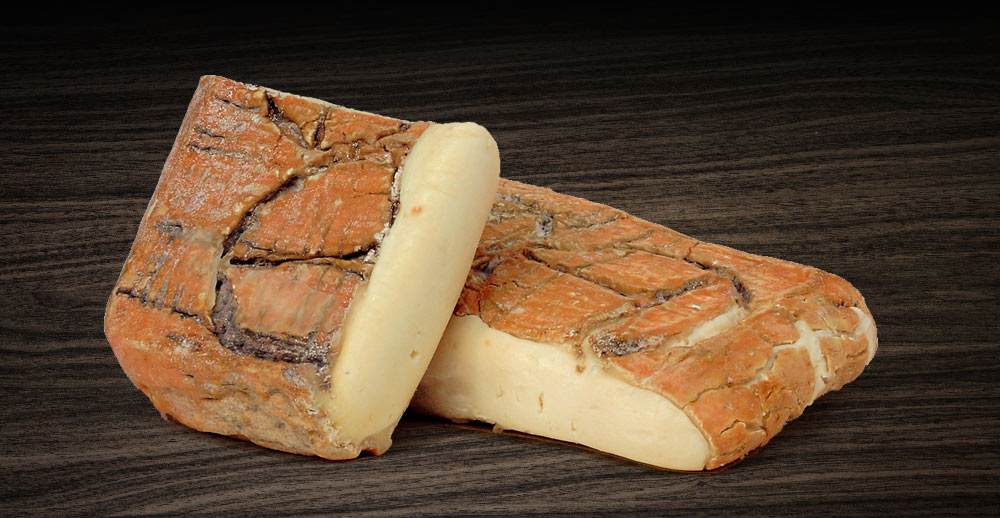
Taleggio cheese has really old origins, the first records of its appearance in Lombardy trace back to way before the 5th Century. Manuscripts from 1200 report the first trades of Taleggio and other cheese sorts. Taleggio is produced in the valley that bears the same name, located in the Province of Bergamo.
Taleggio cheese originated from the need of the inhabitants of the valley who wanted to make use of the leftover milk, for this reason they started producing cheese that, after ageing in caves or the cheese factories of the valley, could be traded with other products or sold.
Since then the consume of Taleggio has considerably risen, to the point where its production has been moved towards the Po valley, where many big or small cheese factories were established, investing in technological innovations for about a thousand years. Today the areas where Taleggio is aged are the provinces of Bergamo, Brescia, Como, Cremona, Lecco, Lodi and Pavia.
The weight of the cheese wheels can range between 1,7 kg and 2,2 kg, according to the production techniques. The wheels are shaped like quadrangular parallelepipeds, with 18-20cm sized sides and 4-7 cm high. The cheese rind is thin, soft and of a pale pink color, with characteristic grey-green molds. The cheese paste is of uniform consistency, softer under the rind and after a long ageing process, whereas it is more crumbly in the middle of the wheel. The colour of the paste varies from white to pale yellow with a few holes. The taste is sweet and slightly acid and spicy, and it can have a truffle-like aftertaste. The smell is strong and distinctive and it’s able to tease any food lover.
Taleggio is very energetic and rich in proteins, vitamins and mineral salts. Moreover it is rich in easy to be assimilated calcium and it is highly digestible, thanks to the action of the rind molds on the proteins of the cheese paste.
Taleggio is a natural food produce and it doesn’t allow any additives during the production process and especially during the ageing. It marries beautifully with polenta, Italian mostardas, jams, dried and fresh fruits and any kind of vegetables, therefore it is ideal for any recipe. You just have to try it!
Leave A Comment